
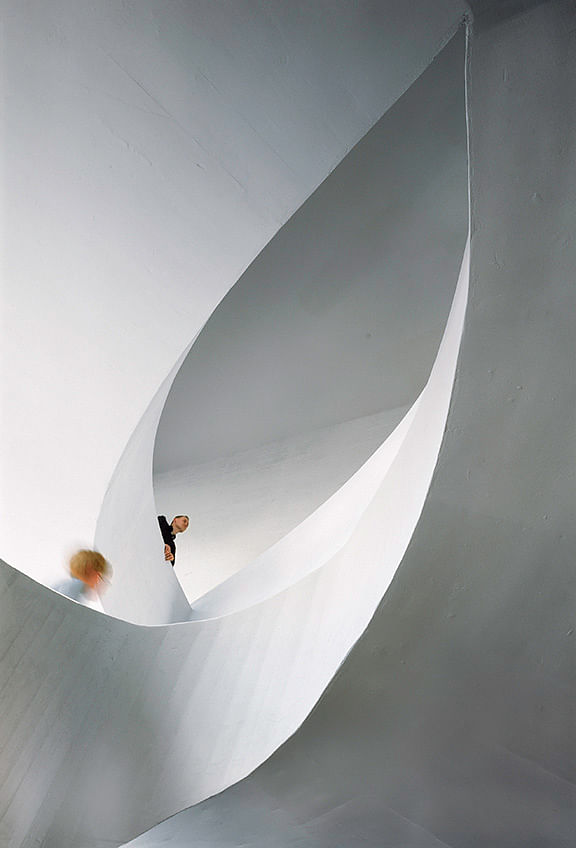
Smack in the middle of Hollywood, among costume shops, bars and a Scientology center, WUHO Gallery celebrated the opening of "Beyond the Assignment: Defining Photographs of Architecture and Design", an exhibition honoring the work of active architectural photographers from across the United States.
To usher in the show, which runs until November 1, the Woodbury School of Architecture/Julius Shulman Institute presented a panel discussion moderated by curator and featured photographer, Bilyana Dimitrova, at Los Angeles Contemporary Exhibitions (LACE) next door. The panel included exhibited photographers Alan Karchmer and Paul Warchol, as well as Sarah Amelar, contributing editor at Architectural Record, John Ruble (of Moore Ruble Yudell Architects & Planners), and Archinect’s editorial and production manager, Alexander Walter.
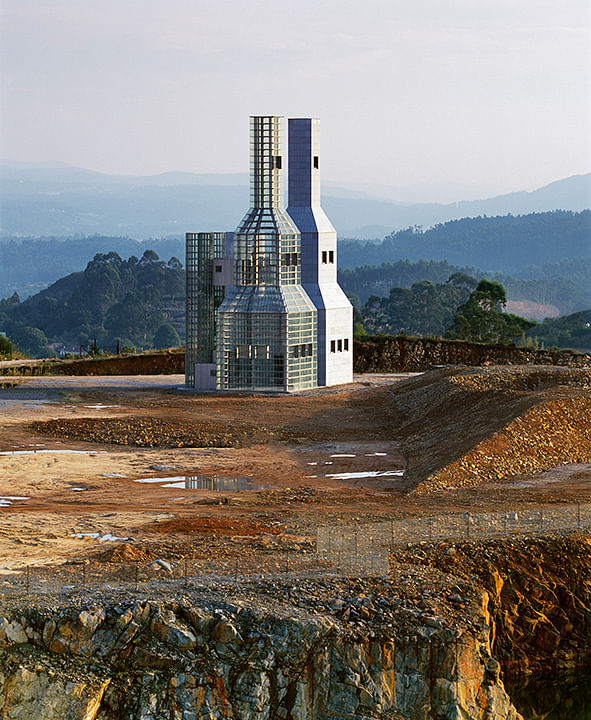
We look, I think, more at place and interaction than pure object in isolated beauty WUHO’s placement amidst the somewhat grungy fray of film culture provided a handy context for discussing the shifting market around the photography medium. As digital technologies improve and become more accessible, it’s easier for competitive amateurs to get their foot in the door and (potentially) undersell the professional. This contributes to the “dilution” in quality of the photographs, according to Paul Warchol and Alan Karchmer, as publishers pander to impatient “architecture of the day” culture and 3-second picture views in endless slideshows.
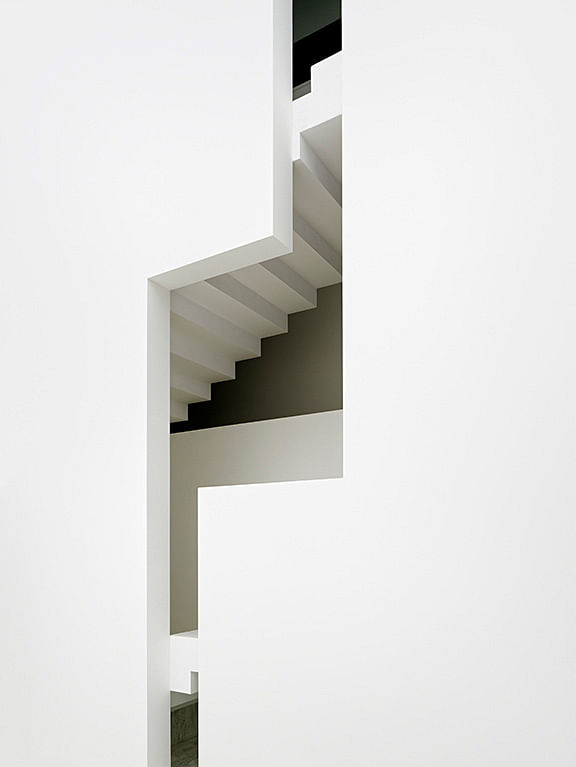
Per appearance, images make far less money than they used to catering to a group of discriminating publishers. According to Warchol, architectural photography “was previously way more lucrative...Now, the pool of publications has shrunk and many venues expect usage for free.” Overall though, while the flooding of content allows some to get away with “good enough” images, Karchmer sees the cream still floating to the top -- the best photographers will distinguish themselves among the fray.
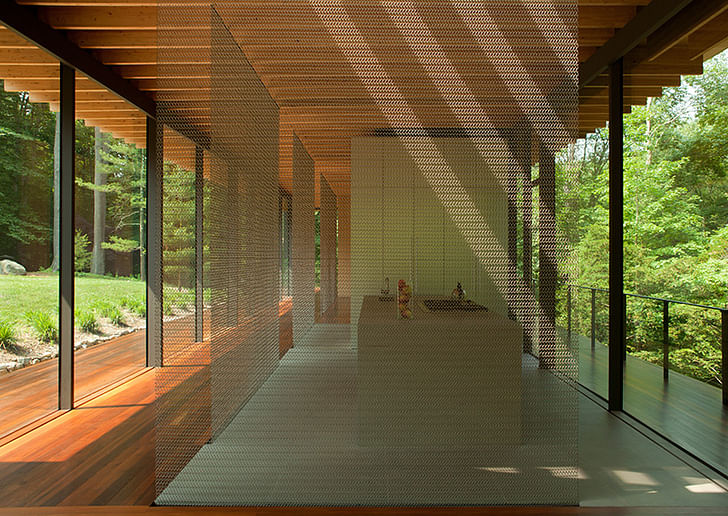
The internet doesn’t make architectural photography bad -- but it does allow, as an expressive medium, for a shift in style. Simply by expanding the sample group of architectural photographers, quality is bound to fluctuate. Architectural theory has a similar effect, as does any artistic, theoretical or technological way of seeing. Karchmer, when asked how architectural photography has changed since the heydays of Julius Shulman and Ezra Stoller, suggested a more dynamic and social dynamic: “We look, I think, more at place and interaction than pure object in isolated beauty...Motion will play an increasing role, along with the ability to determine sequencing of images in how they are presented.”

The internet doesn’t make architectural photography bad -- but it does allow, as an expressive medium, for a shift in style. That internet-driven stylistic shift, that focuses on newness, motion and context, could bring about a reformation within representation of “designed spaces”, when that descriptor usually refers to a rigorously choreographed and manicured style imposed on the setting. Which is of course fashionable, and the same reason why we don’t see hyperventilating overweight people selling exercise clothing. Architectural (especially interior) photography in its commercial form carries the same conflicts as fashion or beauty advertisements -- what’s shown is an idealized scenario, not the lived-experience. Architect John Ruble questioned whether, once the internet is bored by flashy newness, there might be “greater interest in ‘lived-in’ environments that show the effect of use and age”. He even offered a Wikipedia-esque version of the genre, one with “less design control and more revision through user processes”.

But within the rapidly diversifying spectrum of new media forms, it was never a simple debate of paper vs. webpage -- for architectural photography and the art form at large. Undiscovered (and already existing but as of yet untapped) technologies “will offer new ways of capturing and consuming images, and soon even spatial experiences”, according to Alexander Walter. And newness here doesn’t impede upon the “truth” of print -- in fact it may approximate reality far better than anything physical. He maintained that the initial shock surrounding “wearable devices, 3D-photography and holographic projections will surely not kill architectural photography, but add another dimension or two”.
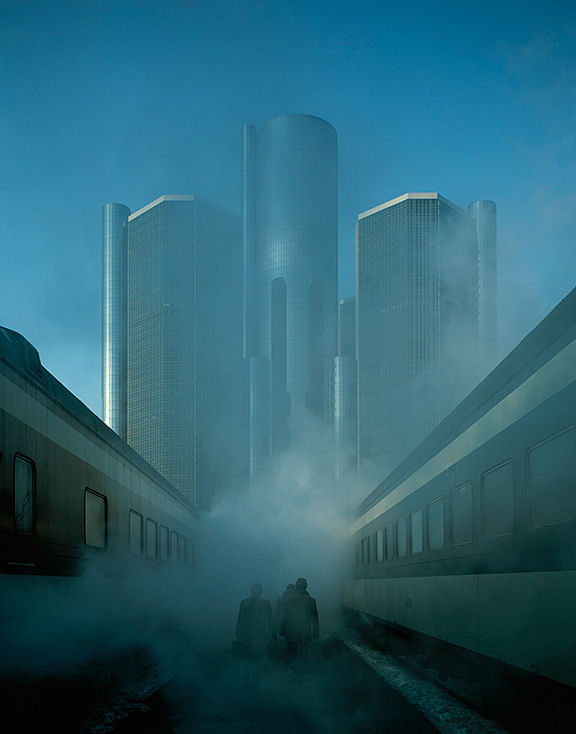
Within the rapidly diversifying spectrum of new media forms, it was never a simple debate of paper vs. webpage -- for architectural photography and the art form at large. Sarah Amelar of Architectural Record was also optimistic regarding the future of architectural photography on the internet, both for its composition and unique new media applications. She suggested that the virtual-reality of architectural experience on the internet is ripe for experimentation, perhaps through moving or still images, but in ways that “exploit -- in positive ways -- the speed of the online experience.” The integrity of architectural photography as an interpretive art form will remain, as it becomes possible to view the built environment with alternate, discerning gazes.
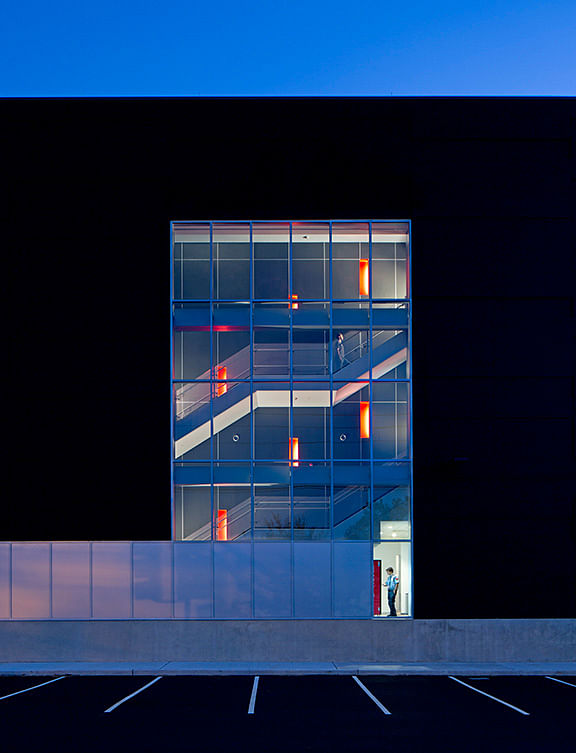
While each photographer in the show has a distinct style, they all regarded architectural photography as storytelling; to narrate what it is like being in the pictured space. Hopefully, this aligns the photographer’s intent with the architect’s -- that the suggested narrative is the same as the intended one. Within the physical boundaries of the gallery, "Beyond the Assignment” provides an excuse to linger on these images in relative isolation, and imagine the constellation of intents and contexts behind the structure.
You can view the entire panel discussion in the video below, courtesy of Bilyana Dimitrova.

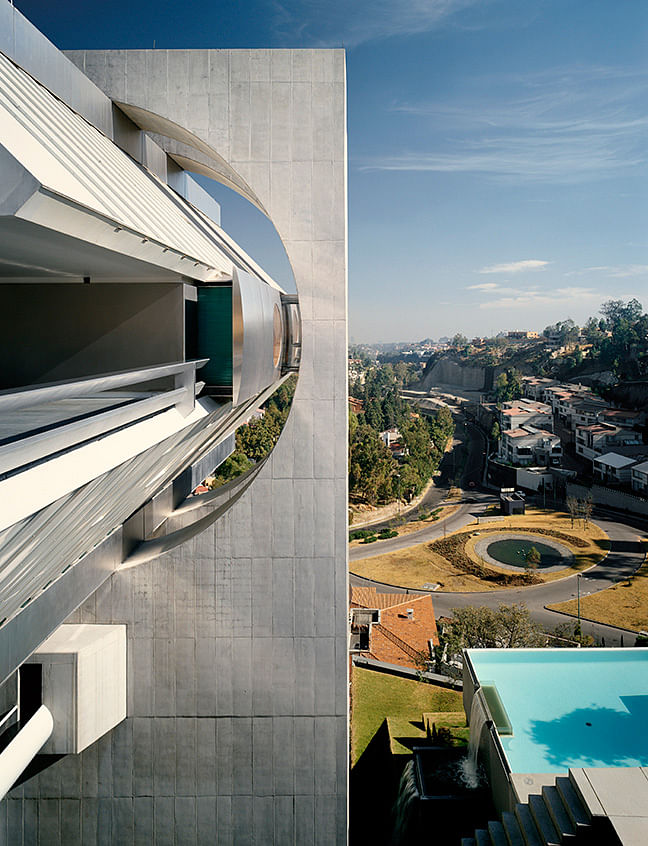
Former Managing Editor and Podcast Co-Producer for Archinect. I write, go to the movies, walk around and listen to the radio. My interests revolve around cognitive urban theory, psycholinguistics and food.Currently freelancing. Be in touch through longhyphen@gmail.com
1 Comment
I wonder how often "Hopefully, this aligns the photographer’s intent with the architect’s -- that the suggested narrative is the same as the intended one" is the case? Or put another way, are there many (also well known?) examples of architectural photography pushing a different, or more transgressive narrative than that intended by architect?
Or does the generally commercial nature of architectural photography, sort of short-circuit any such direction?
I suppose something more along the lines of architectural criticism via/using photography?
Block this user
Are you sure you want to block this user and hide all related comments throughout the site?
Archinect
This is your first comment on Archinect. Your comment will be visible once approved.